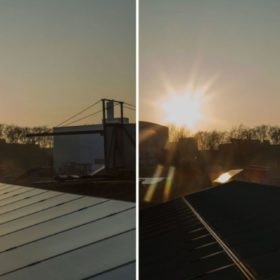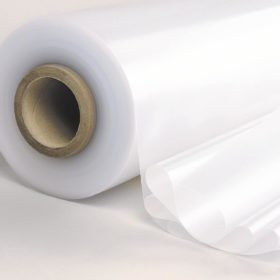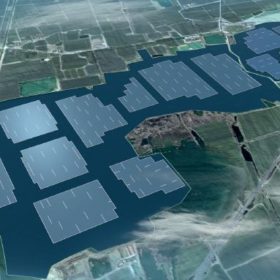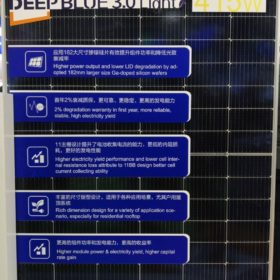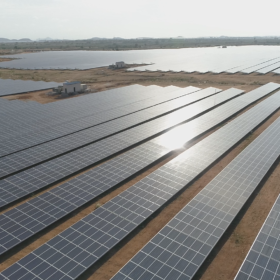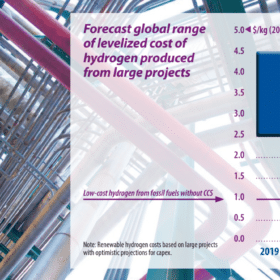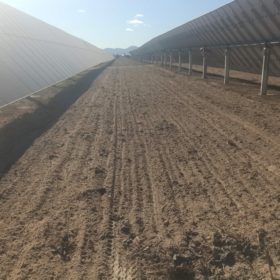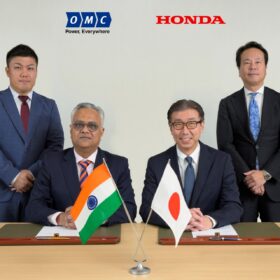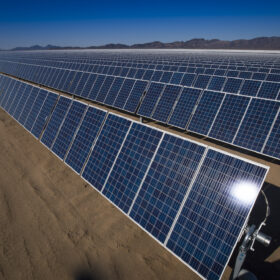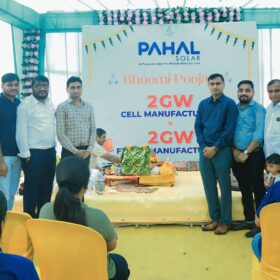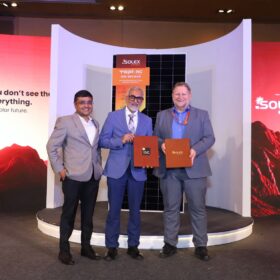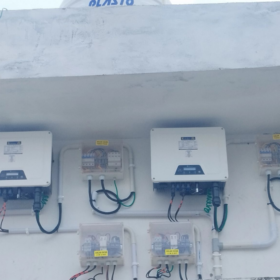UNIST, EPFL claim 25.6% efficiency world record for perovskite solar cell
Scientists have set a new efficiency record for a single-junction perovskite solar cell at 25.6%. The cell additionally showed operational stability for 450 hours, and intense electroluminescence with external quantum efficiencies of more than 10%.
German start-up develops anti-reflective film claimed to improve PV module performance by 10%
German start-up Phytonics has developed the film by taking inspiration from nanostructures in plants. In solar cells, the film enables a broader absorption spectrum and a higher angle of light-incidence tolerance.
The long read: Bifacial drives encapsulant switch
Suppliers of encapsulant materials – plastic sheets that are heated to laminate together the components in PV module stacks – are rapidly expanding to keep pace with module manufacturing in Asia and other parts of the world. Ethylene-vinyl acetate (EVA) continues to dominate the market, but new developments in module technology are driving a slow shift to more costly polyolefins.
DNV publishes guidelines for proper deployment of floating PV
The Recommended Practice guide, on top of describing the most common requirements for building a floating PV array, provides a series of technical guidelines for electrical safety, anchoring and mooring issues, operation and maintenance, and specific plant design that can withstand site-specific environmental conditions.
JA Solar unveils 415 W solar module with 21.3% efficiency
The module can be used for residential and commercial PV projects. It is available in five versions with power outputs claimed by the company of 390-415 W and reported efficiencies of 20.0-21.3%.
IHS Markit forecasts 181 GW of new PV capacity for this year
The U.K.-based analyst has raised its outlook for new PV additions in 2021 by around 23 GW. Due to strong demand, leading module manufacturers are sold out for the first half of the year.
The long read: Green hydrogen more than just a pipe dream
When coupled to gigawatt-scale solar and wind generation, green hydrogen could be the clean fuel to unlock hard-to-electrify sectors of the economy. But first it must be transported cost-effectively to where it’s needed.
How to protect rooftop solar systems from fire risk
Dutch research institute TNO has released a series of guidelines to reduce fire hazards in rooftop PV installations. The study follows a series of fire accidents that occurred between 2018 and 2020 in the Netherlands, for which the main causes were identified.
Retrofitting solar parks for agrivoltaics
Enel Green Power is combining existing PV arrays with agriculture at nine pilot sites in Europe. pv magazine recently spoke to Giovanni Tula, the company’s head of sustainability, about the business model and its replicability.
An aluminum battery that can charge in a fraction of a second
Scientists in China and the United States investigated the inner workings of aluminum-ion batteries. With new insights into mechanisms at work within the battery during cycling, the group was able to demonstrate a battery capable of ultrafast charging, with the highest capacity so far reported for an aluminum battery.

